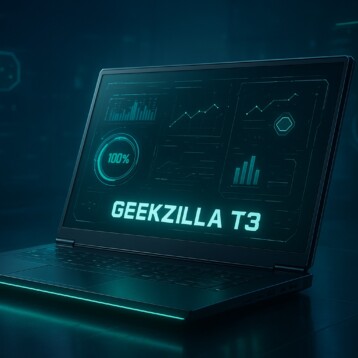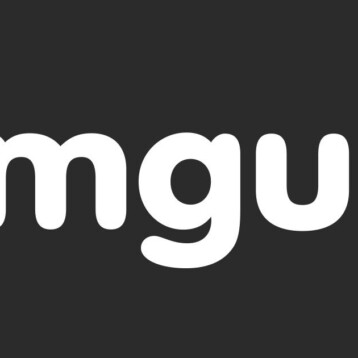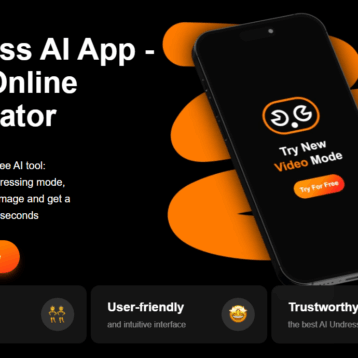
Running a successful business requires efficient IT management. Without proper monitoring and oversight, even minor technical issues can cause potential disruptions and set back productivity. That’s where Remote Monitoring and Management (RMM) software comes in. In this guest post, we will explore what RMM software is, its benefits, key features it offers, and some use cases where it proves essential for businesses.
What Is RMM Software?
What is RMM software? Remote Monitoring and Management (RMM) software enables IT professionals to remotely monitor and manage clients’ endpoints. Endpoints refer to any devices connected to a network, such as computers, servers, printers, or mobile devices. With RMM software, administrators can track performance metrics, deploy updates or patches across various devices simultaneously, analyze factors affecting system efficiency proactively, troubleshoot issues remotely—and much more.
Benefits of RMM Software:
Implementing RMM software offers numerous benefits to businesses in terms of cost reduction and increased efficiency.
1. Improved Proactive Maintenance:
The proactive nature of RMM allows administrators to identify potential technical issues before they turn into major problems. Anomalies like increased CPU usage or hard disk failures can be detected beforehand, and preventive measures can be taken swiftly.
2. Enhanced Productivity:
By automating routine IT management tasks like system updates or antivirus scans through RMM software, IT teams can focus on more critical initiatives that drive innovation within the organization.
3. Streamlined Support Workflow:
With real-time alerts from the RMM tool pointing out specific issues on client devices remotely, the support team can ensure faster response times for resolving problems no matter where the users are located.
4. Effective Resource Utilization:
IT administrators can maximize their workday by efficiently managing a large number of endpoints through a single console enabled with centralized control provided by RMM software.
Key Features of RMM Software:
RMM software comes equipped with various features tailored to facilitate comprehensive endpoint management.
1. Monitoring and Diagnostics:
Through continuous monitoring, RMM software collects relevant data about the devices, proactively identifying and resolving performance bottlenecks. It enables efficient hardware and system resource utilization optimization.
2. Patch Management:
Updating multiple devices manually can be time-consuming and prone to human errors. RMM software streamlines this process by automating patch deployment, ensuring all systems across the network stay secure with the latest updates.
3. Remote Desktop Control:
Admins can access users’ devices remotely using RMM tools, enabling them to troubleshoot technical issues quickly or provide remote training or support without any geographical limitations.
4. Security Management:
Businesses need the ability to monitor security measures like antivirus protection or event logs on critical endpoints. RMM software allows admins to implement security policies consistently across the network.
5. Asset Management:
Through centralized tracking of IT resources installed on each device, RMM software assists in keeping an up-to-date inventory record of hardware components as well as installed software applications in your organization.
Use Cases for RMM Software:
1. Managed Service Providers (MSPs):
MSPs work with multiple clients at once and are responsible for maintaining their IT infrastructure. RMM helps efficiently manage endpoints across different networks through a single console, reducing response time considerably.
2. Small and Medium Enterprises (SMEs):
Businesses with limited IT resources can leverage RMM tools effectively since they automate several IT management tasks like patching, inventory tracking, and system health monitoring while being cost-effective.
3. Remote Work Environment:
With the rise of remote work culture, companies now need robust solutions for managing geographically dispersed teams by pairing technology like RMM with modern collaboration platforms, remote workforce productivity skyrockets regardless of location constraints.
4. IT Departments in Large Enterprises:
Large enterprises often have complex IT environments with thousands of devices and users across various locations. RMM software enables centralized management, allowing IT departments to monitor, update, and troubleshoot devices at scale. This reduces downtime and enhances operational efficiency by proactively identifying and addressing issues before they escalate.
5. Healthcare Organizations:
Healthcare organizations require stringent IT management due to the sensitive nature of patient data and compliance with regulations like HIPAA. RMM software assists in ensuring that all medical devices and systems are secure, up-to-date, and functioning properly. This is critical in maintaining the reliability and security of patient information and healthcare operations.
Conclusion:
RMM software is essential for modern businesses looking to optimize operational efficiency, reduce overhead costs, and strengthen their IT infrastructure. Streamlining management tasks from a centralized platform offers benefits that align with evolving business needs. Embracing RMM software enables organizations to stay ahead of technical challenges securely and quickly respond to emerging opportunities.










